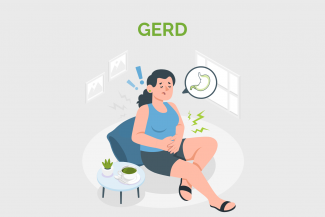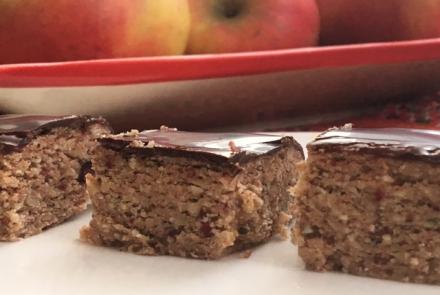
What are the symptoms of GERD?
A burning sensation in your chest (heartburn), sometimes spreading to your throat, along with a sour taste in your mouth
When acid refluxes into the esophagus in patients with GERD, nerve fibers in the esophagus are stimulated, causing the pain that is characteristic of GERD. Heartburn usually is described as a burning pain in the middle of the chest. It may start high in the abdomen and may extend up into the neck.
Chest pain
In some patients, the pain may be sharp or pressure-like, rather than burning.
Nausea
Dysphagia (Difficulty swallowing)
Dry cough
Hoarseness or sore throat
Regurgitation of food or sour liquid (acid reflux)
Sensation of a lump in your throat
What are the complications of GERD?
Esophagitis: This is inflammation of the esophagus caused by stomach acid flowing back into the esophagus. This may cause esophageal bleeding or ulcers. In addition, a narrowing or stricture of the esophagus may occur from chronic scarring.
Barrett's esophagus: Long-standing and/or severe GERD causes changes in the cells that line the esophagus in some patients. The changes in the cells can turn into esophageal cancer. This occurs in approximately 10% of patients with GERD.
Inflammation and infection of the lungs: Refluxed liquid that passes from the throat (pharynx) and into the larynx can enter the lungs (aspiration). This can result in coughing, infection of the lungs and pneumonia. This type of pneumonia is a serious problem requiring immediate treatment. When aspiration is unaccompanied by symptoms, it can result in a slow, progressive scarring of the lungs (pulmonary fibrosis) that can be seen on chest X-rays. Aspiration is more likely to occur at night because that is when the processes (mechanisms) that protect against reflux are not active and the coughing reflex that protects the lungs is not active.












